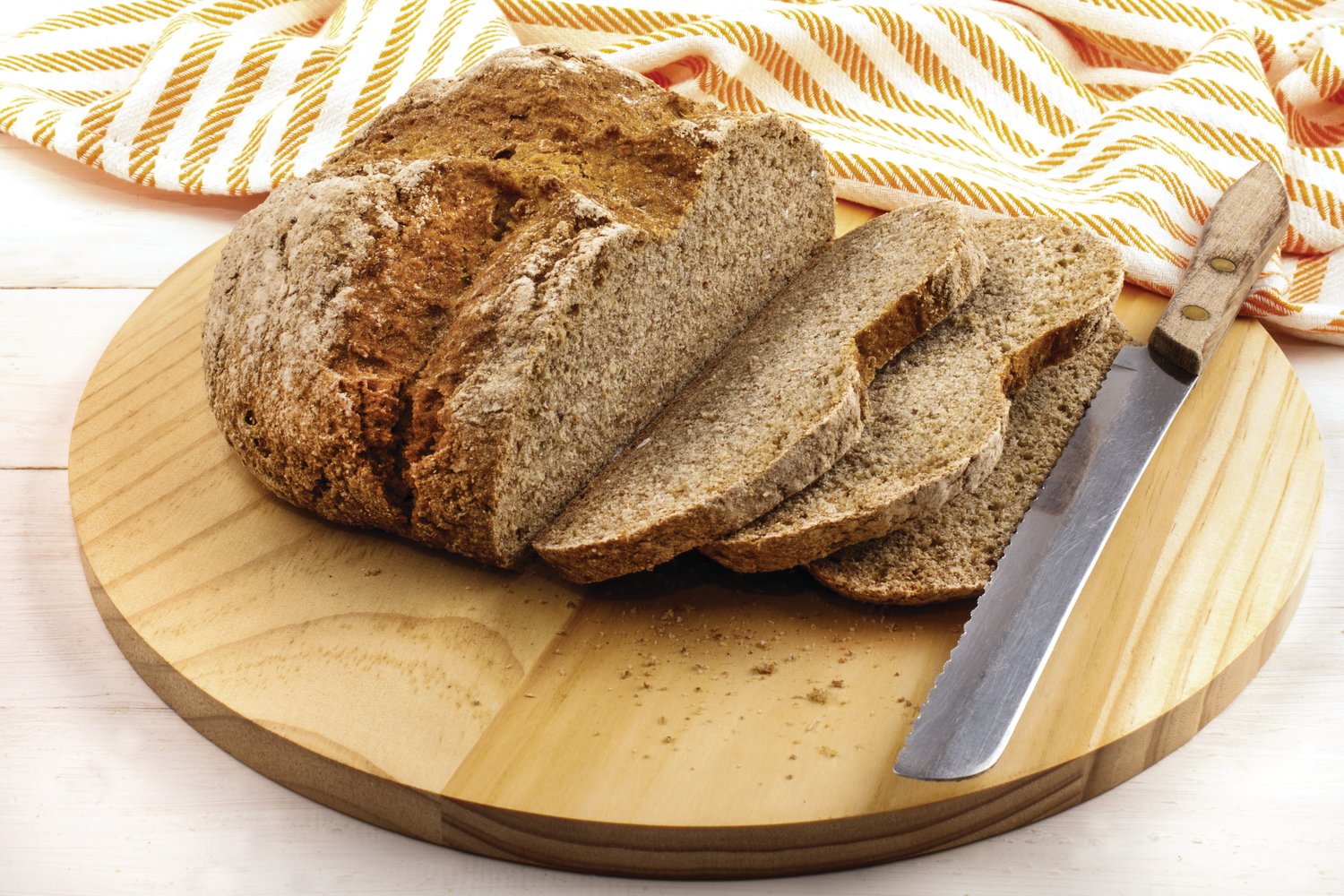The reaction between baking soda and buttermilk is one of those practical magics that’s easily overlooked, but if you dig deeper, it’s filled with history, science, and a touch of …
This item is available in full to subscribers.
We have recently launched a new and improved website. To continue reading, you will need to either log into your subscriber account, or purchase a new subscription.
If you had an active account on our previous website, then you have an account here. Simply reset your password to regain access to your account.
If you did not have an account on our previous website, but are a current print subscriber, click here to set up your website account.
Otherwise, click here to view your options for subscribing.
* Having trouble? Call our circulation department at 360-385-2900, or email our support.
Please log in to continue |
|

The reaction between baking soda and buttermilk is one of those practical magics that’s easily overlooked, but if you dig deeper, it’s filled with history, science, and a touch of culinary romance.
The history of Irish soda bread, often made for Saint Patrick’s Day, crisscrosses the old and new worlds. Using soda ash to leaven bread is first credited to Native Americans. They used Pearl ash combined with a sour liquid before 1800 to make flat cakes on hot stones, but the marketing of bicarbonate of soda, or Saleratus, began in the 1840s when Americans John Dwight and Dr. Austin Church produced it from their kitchen. They were a success and by 1896, Church and Dwight’s descendants had formed The Arm and Hammer Co.
In the 1860s, they began publishing popular mini cookbooks with soda bread recipes. Soda breads, also called quick breads, batter breads, and tea breads, depend on chemical leavening, as opposed to yeast.
Bi-carbonate of soda is alkaline and when combined with an acid like buttermilk or vinegar, makes carbon dioxide bubbles. The bubbles trapped in the batter cause it to rise. The oven’s heat speeds up the acid-base reaction, until it reaches its maximum capacity for lift.
Americans have a rich home baking tradition, with many standbys and favorites — muffins, quick breads, pancakes, cakes — that all start with soda bread chemistry.
The innovation for these beloved recipes, of course, is baking powder, which, in its simplest form, is nothing more than alkaline baking soda, combined with acidic cream of tartar, a winemaking byproduct. Single acting baking powder reacts as soon as it is hydrated, while double acting releases another burst of gas in the oven.
The first reference to Irish Soda bread is in 1836, from an Irish newspaper in County Down. Soda breads work especially well with soft wheat flours, what we call pastry or cake flour, because they have less protein, so make a delicate crumb.
The U.S. primarily grew soft wheats in the 19th and early 20th centuries, and Ireland imported much of its wheat from the U.S. Soda bread was cheap and easy to put on the table. Sour milk was often a byproduct at dairies, and unlike yeast breads, soda breads were baked without an oven, using a griddle or Dutch oven instead.
Traditional Irish Soda bread has only a few key ingredients: flour, salt, baking soda and a soured milk; anything else moves it into the tea bread category. The problem is without fat, it’s soon rock hard, and as plain a loaf as you’ll ever taste, humble and true.
There is a wider scope of Irish soda breads with more merit. Barmbrack, a spiced and fruity tea loaf, is my favorite.
Try baking with locally grown and milled flours like Finnriver’s Early Sunrise Pastry Flour or Elwha River Spelt Flour. For a gluten and grain free alternative, try my Speckled Buckwheat Soda Bread, on the Food Coop’s Blog — The Beet.
Do you know where baking soda comes from?
These days, it’s mined in Wyoming. Trona, a sodium carbonate compound, is processed into baking soda, and Wyoming has the world’s largest deposit, supplying much of our nation’s soda ash and globally marketed.
Finnriver Farm and Grainery grows and mills a local pastry flour perfectly suited to soda bread. Early Sunrise is a heritage variety brought to Washington in the late 1890s by Russian Mennonite immigrants. It’s a light and creamy Soft Red Winter Wheat.
3 cups Early Sunrise Pastry Flour
1 teaspoon baking soda
1 teaspoon sea salt
1 ¼ cups whole milk
2 tablespoons apple cider vinegar
4 tablespoons melted butter
2 tablespoons runny honey
4 squares (100g) dark chocolate of choice, chopped
Preheat the oven to 425 F. Line a baking sheet with parchment paper.
In an oven-proof dish, melt the butter in the preheating oven.
Sift the flour, soda and salt together in a mixing bowl. Mix in the chocolate.
Make a well in the flour and pour in the combined milk, vinegar, melted butter and honey.
Lightly mix into a soft shaggy dough. Do not knead, but form into a round on the parchment about 1 ½ inches thick. Score into quarters and bake for 20 to 25 minutes and golden brown. The internal temperature should be above 190 F.
Serve with butter.
(Sidonie Maroon is the culinary educator at The Food Co-op; abluedotkitchen.com. Follow Sidonie on The Food Co-op’s Facebook group Cooking with the Co-op. Find more recipes at www.foodcoop.coop/blog/soda-breads.)